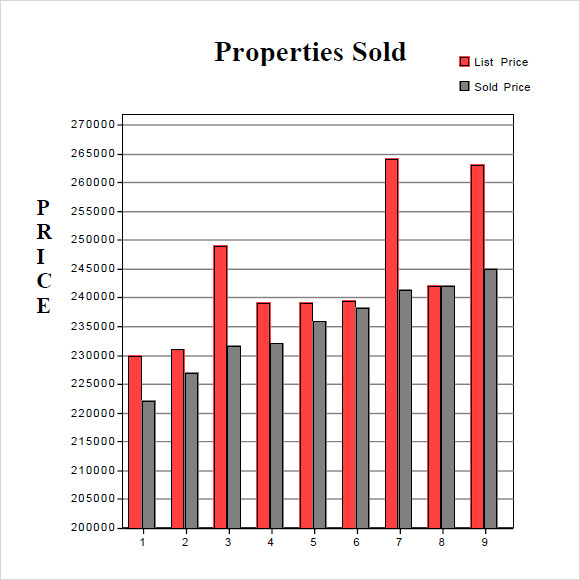How to Analyze Real Estate Market Data Before Buying

Decoding the Data: Analyzing Real Estate Market Before Buying
Buying a home is a significant financial decision, and understanding the market trends is crucial for making an informed choice. Analyzing real estate market data can help you identify opportunities, avoid pitfalls, and ultimately make a smart investment. Here’s a breakdown of key data points and tools to guide your research:
1. The Power of Location:
- Neighborhood Demographics: Explore the age, income, education level, and family composition of the area. This can reveal the target audience and potential demand for properties.
- Local Amenities: Assess the availability of schools, parks, hospitals, shopping centers, and public transportation. These factors directly influence quality of life and property values.
- Crime Rates & Safety: Review crime statistics and local news reports to understand the safety and security of the neighborhood.
2. Understanding Market Trends:
- Property Prices: Monitor historical price trends, average sale prices, and median listing prices to identify growth patterns and potential price fluctuations. Websites like Zillow, Redfin, and Realtor.com offer comprehensive data.
- Inventory Levels: A high inventory indicates a buyer’s market with lower prices and more negotiation power. Low inventory signals a seller’s market with higher prices and competition.
- Days on Market: This metric measures how long properties stay on the market before selling, indicating buyer interest and market activity.
3. Leveraging Key Data Sources:
- Real Estate Agents: Connect with local real estate agents who possess market expertise and access to proprietary data.
- Government Databases: Explore census data, property tax records, and building permit information.
- Market Reports: Consult reputable real estate research firms and organizations for detailed market analyses and forecasts.
4. Analyzing the Financial Picture:
- Interest Rates: Current mortgage rates heavily influence affordability and borrowing capacity.
- Property Taxes: Factor in property taxes as a recurring expense, as they vary significantly across locations.
- Homeowner’s Insurance: Obtain quotes for insurance premiums to account for potential risks and costs.
5. Tools for Data Visualization:
- Spreadsheets & Databases: Organize and analyze data for a deeper understanding of market trends.
- Real Estate Analytics Platforms: Utilize platforms like Real Estate Witch and Trulia to access and visualize market data in user-friendly formats.
- Interactive Maps: Use online maps to visualize property values, crime rates, and other relevant data points.
6. Looking Beyond the Numbers:
- Future Development: Consider potential infrastructure projects, business expansions, or neighborhood improvements that may influence property values.
- Community Involvement: Engage with local residents and businesses to gain insights into the community’s vision and future prospects.
- Personal Factors: Evaluate your individual financial situation, lifestyle preferences, and long-term goals to determine the best fit.
Analyzing real estate market data is not about finding perfect predictions; it’s about making informed decisions based on evidence. By understanding the market trends, your finances, and your personal needs, you can confidently navigate the real estate market and secure a home that meets your goals.

